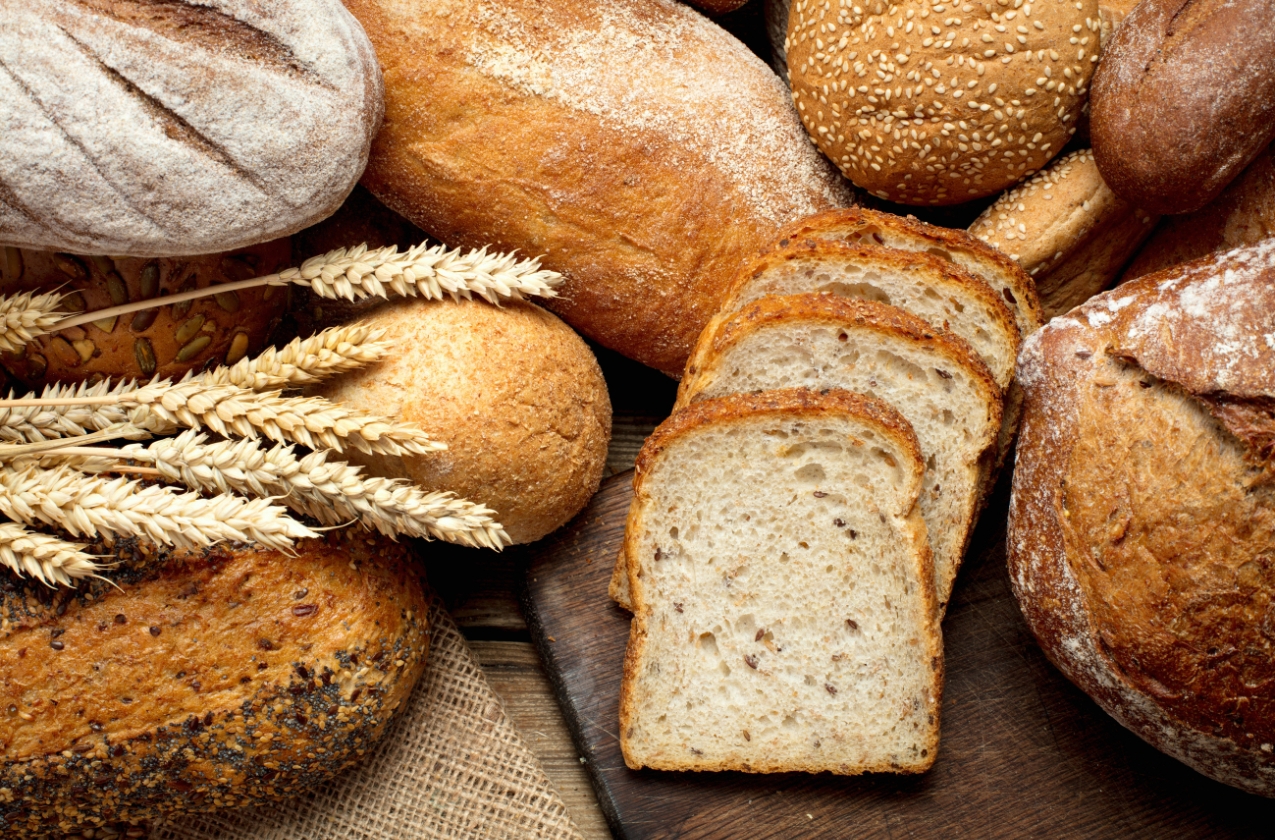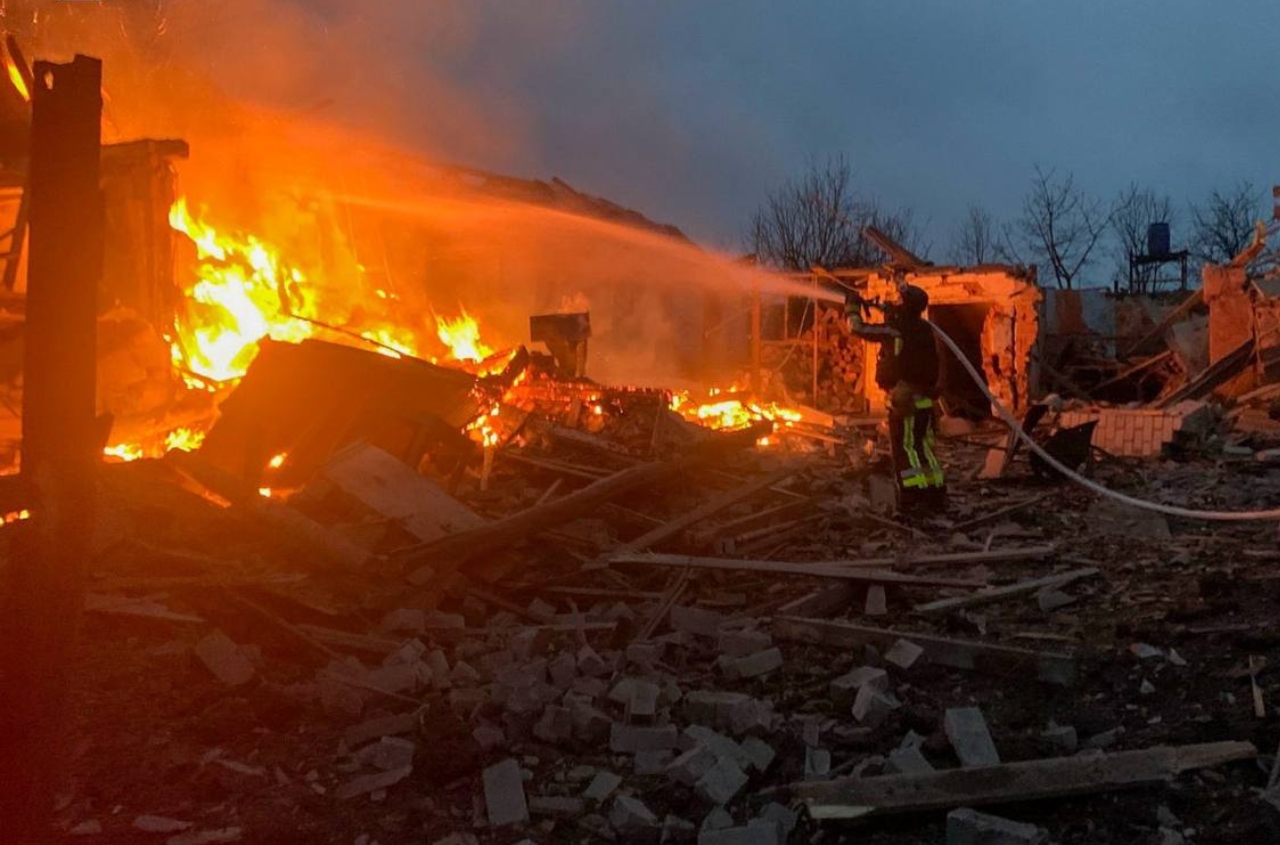The Putin-led redistribution of ownership in the agricultural producers' market, which began alongside the Russia-Ukraine war, has become one of the reasons for the significant rise in bread prices in Russia. Over the past 15 months, the price of sliced bread has nearly doubled. Bread has become one of the food products that have seen the largest price increases over the past year. This year, the situation with bread prices in Russia is expected to worsen further, with prices rising another 15–20%.
The family of Putin’s aide Nikolai Patrushev is actively taking control of major agricultural and food assets in Russia. In March of this year, Vadim Moshkovich, the beneficiary of the agroholding “Rusagro,” was arrested on fraud charges. Relying on Kremlin promises of “full safety of domestic operations,” he re-domiciled his company from Cyprus to Russia. Today, under the banner of “nationalization,” his assets are being transferred to management by a state-affiliated operator controlled by Russia’s Minister of Agriculture Dmitry Patrushev. Using this scheme, ownership of the pasta company “Makfa” and the Ariant group, which includes Russia’s largest winemaker “Kuban-Vino,” has been changed.
International sanctions do not cover food products, making agricultural assets a lucrative target for “Putin’s friends.” Arkady and Boris Rotenberg, the architects of the “nationalization” scheme, are also actively participating in the redistribution of Russia’s agricultural assets.
Over more than three years of war, Russian prosecutors have confiscated private property worth $32 billion. State-backed raiding forces producers to factor in the risk of asset loss into product costs. Compensation for military actions in several Russian agricultural regions, economic difficulties, and natural disasters are also added to these costs — grain crops at the end of 2024 were reportedly in the worst condition in several decades.




















